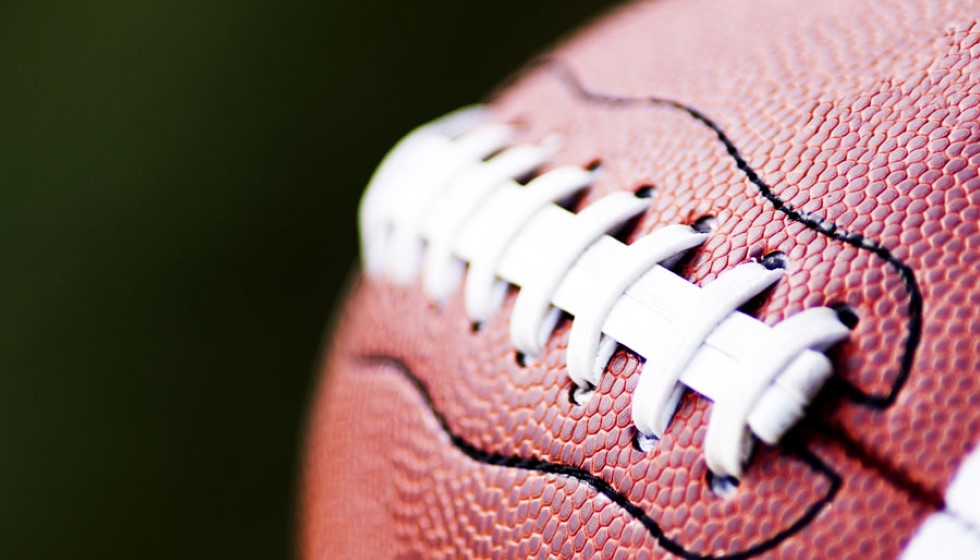
NFL Uniform Deal: A New Era on the Horizon
In the high-stakes world of professional sports, apparel deals are not just about clothing; they're about brand identity, financial strategy, and cultural impact. The NFL, America’s premier football league, finds itself at a pivotal juncture as it opens the bidding process for its next uniform contract. For over a decade, Nike has supplied the league, shaping the visual landscape of the sport with style and commercial prowess. However, with the current contract set to expire in 2027, the league has initiated a robust and "open and active" bidding process to determine the future of its attire.
Since 2012, when Nike took over from Reebok, the brand has been synonymous with NFL uniforms. This contract has been an integral part of the NFL's commercial and branding strategy, allowing Nike to bring innovation both in functionality and aesthetics. The freedom to integrate up to three distinct helmet styles illustrates the flexibility and modern approach that has been incorporated through this partnership. Such changes keep the league trendy and attractive to its fanbase, which includes both loyal followers and fashion-conscious observers.
Recent significant uniform redesigns by the Denver Broncos and Houston Texans highlight the ongoing influence of this creative latitude. These updates not only energize fan enthusiasm but also reflect broader cultural shifts and preferences, ensuring that the teams and the league stay relevant in a dynamic market. Thus, the apparel deal is about more than mere threads; it's about embodying the evolving spirit of football itself.
Before Nike’s league-wide deal, the NFL operated in a decentralized apparel market. Teams such as those under brands like Adidas, Logo Athletic, Puma, Reebok, and Starter individually negotiated their contracts. This landscape not only brought diversity in apparel but also varied the financial strategies across the league's franchises. The transition to a consolidated approach under Nike has since set a standard of uniformity and branding consistency that many other leagues have looked to emulate.
The selection of the next manufacturer is a decision of enormous consequence. It will not only define the visual identity of America’s favorite sport but also impact the league’s commercial future, business strategies, and fan engagement. The NFL understands this well, as does Nike, which has enjoyed the fruits of a partnership with arguably the most influential sports league in the world. The apparel contracts are fundamental, interweaving financial benefits with strategic branding opportunities.
The anticipation for what lies ahead is palpable among stakeholders and fans alike. While Nike, with its deep-rooted connection to the league, is expected to be a strong contender in this bid, other sportswear giants are likely to enter the fray, given the immense value of being affiliated with the NFL. The industry is watching closely as brands gear up to present their most innovative and lucrative proposals.
As the NFL's apparel contract is poised for renewal, decisions made in these boardrooms will ripple across sports culture, influencing everything from stadium aesthetics to retail sales and game-day traditions. Ultimately, the outcome of this contract is about more than the colors and logos on the field; it’s about setting a new precedent in sports apparel partnerships, advancing technological craftsmanship, and enhancing the fan experience in ways yet to be imagined.
Thus, as the league navigates this crucial phase, the excitement builds. The canvas is blank, and the potential for the next chapter of NFL fashion and branding is boundless. The world watches with bated breath to see which brand will design the dreams of football fans across the globe, dressing their heroes for the gridiron stage.